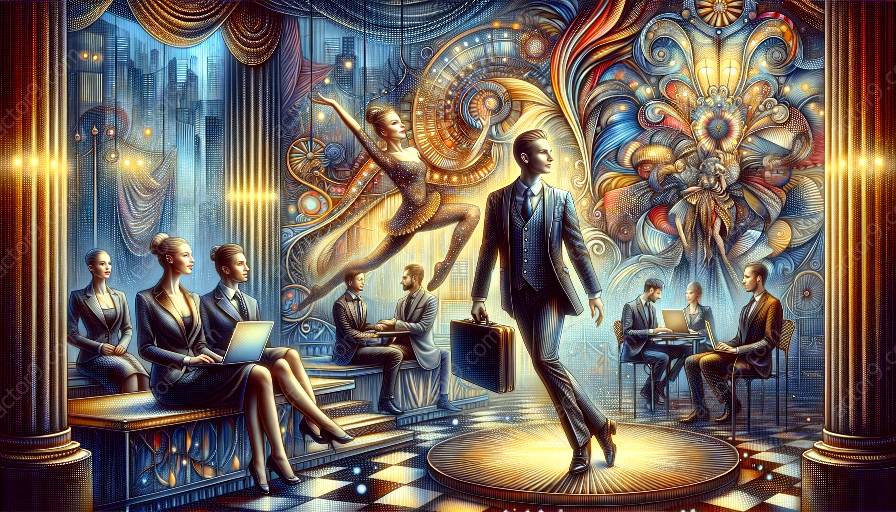Circus arts have long been captivating audiences through thrilling performances, breathtaking acrobatics, and mesmerizing displays of human skill and talent. However, behind the scenes, the psychology of audience engagement plays a crucial role in creating memorable experiences and building a loyal fan base. Understanding the psychological aspects of audience engagement in circus arts can also significantly impact the business management and marketing strategies of circus companies.
Understanding Audience Psychology in Circus Arts
When spectators attend circus performances, they are not just passive viewers; they are active participants in the experience. The psychology of audience engagement delves into the emotional, cognitive, and behavioral responses of individuals as they interact with the performance, the environment, and the performers. Through the art of storytelling, spectacle, and emotional resonance, circus artists and managers aim to captivate the audience and leave a lasting impression.
Sensory Stimulation and Emotional Connection
Circus arts are a feast for the senses, employing vivid colors, extraordinary costumes, breathtaking music, and dynamic movements that stimulate the audience's visual, auditory, and kinesthetic senses. By engaging multiple sensory modalities, circus performances evoke strong emotional responses, creating a profound connection between the audience and the performers.
Empowerment and Inspiration
Audience engagement in circus arts often involves eliciting feelings of empowerment and inspiration. Through acts of extraordinary physical prowess and daring feats, performers instill a sense of awe and admiration in the audience. This empowerment can lead to a heightened emotional state, fostering a deep sense of connection and resonance with the performance.
Implications for Business Management and Marketing
The psychological aspects of audience engagement have significant implications for the business management and marketing strategies of circus arts companies. By understanding the emotional and cognitive responses of audiences, circus businesses can tailor their performances, experiences, and branding to create a more immersive and engaging environment.
Enhancing Audience Experience
By leveraging insights from audience psychology, circus arts companies can enhance the overall experience for spectators. This may involve creating interactive elements, personalized interactions, and immersive environments that cater to the emotional and sensory needs of the audience. For example, integrating virtual reality experiences or interactive workshops can deepen the audience's engagement with the circus arts.
Building a Loyal Fan Base
Understanding the psychological aspects of audience engagement can also help circus businesses build a loyal fan base. By creating performances that resonate deeply with the audience's emotions and aspirations, circus companies can cultivate a sense of loyalty and advocacy among spectators. This, in turn, can lead to repeat attendance, positive word-of-mouth marketing, and the development of a strong community around the circus brand.
Conclusion
The psychological aspects of audience engagement in circus arts are a fascinating intersection of art, entertainment, and human psychology. By understanding the cognitive and emotional responses of audience members, circus arts companies can create transformative experiences that not only captivate spectators but also drive business success through enhanced audience engagement and loyalty.


































